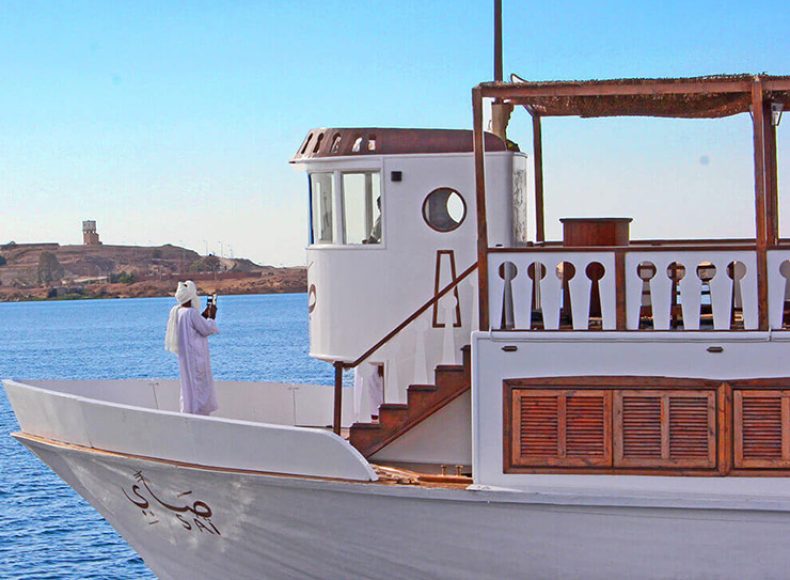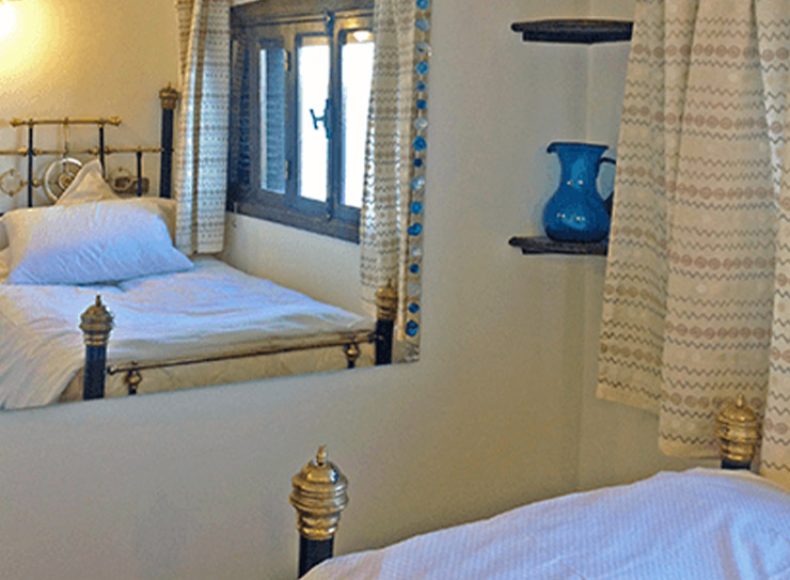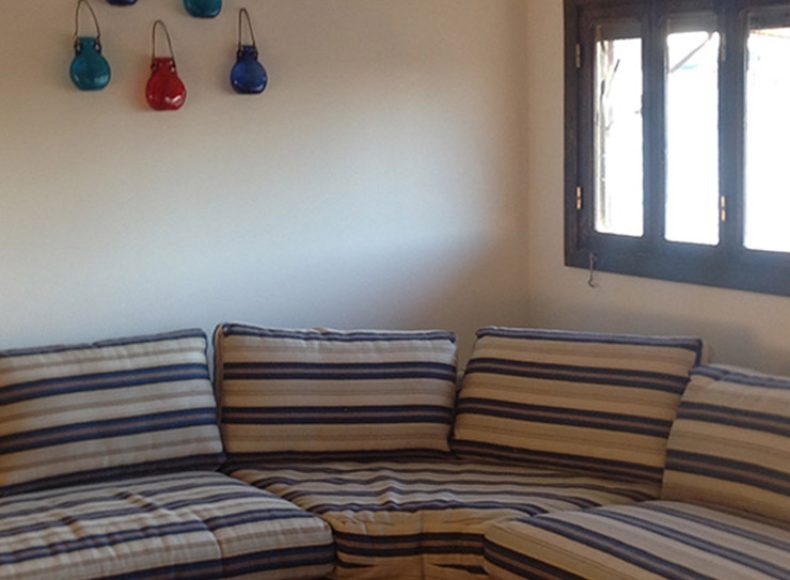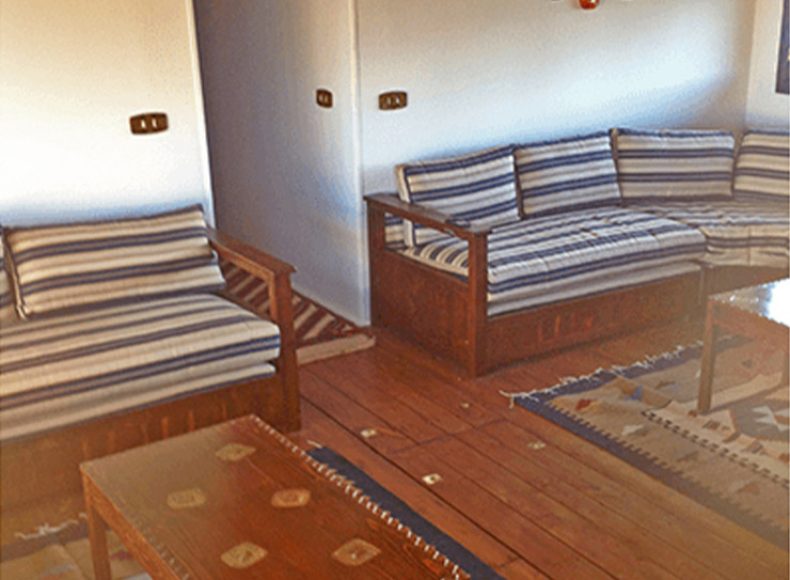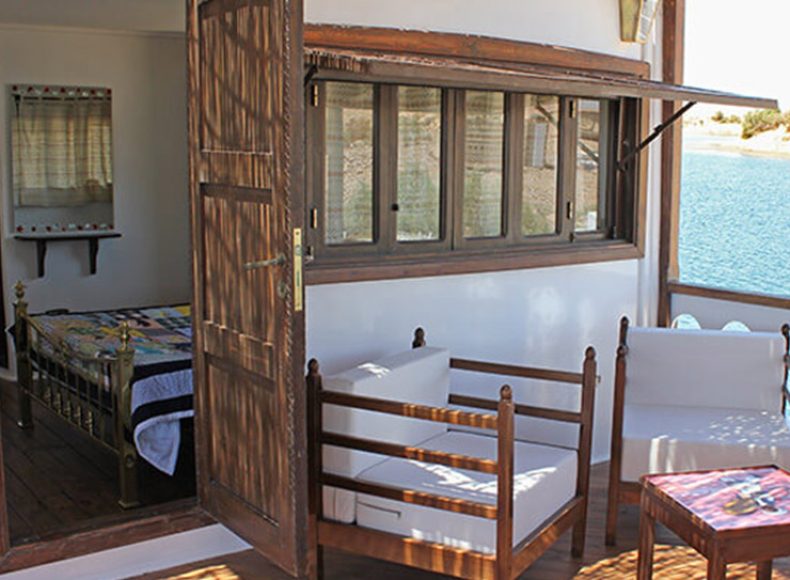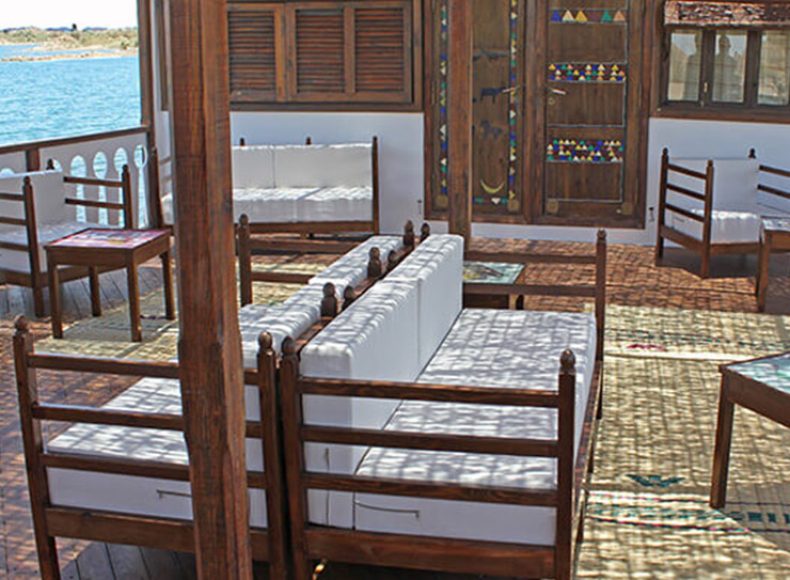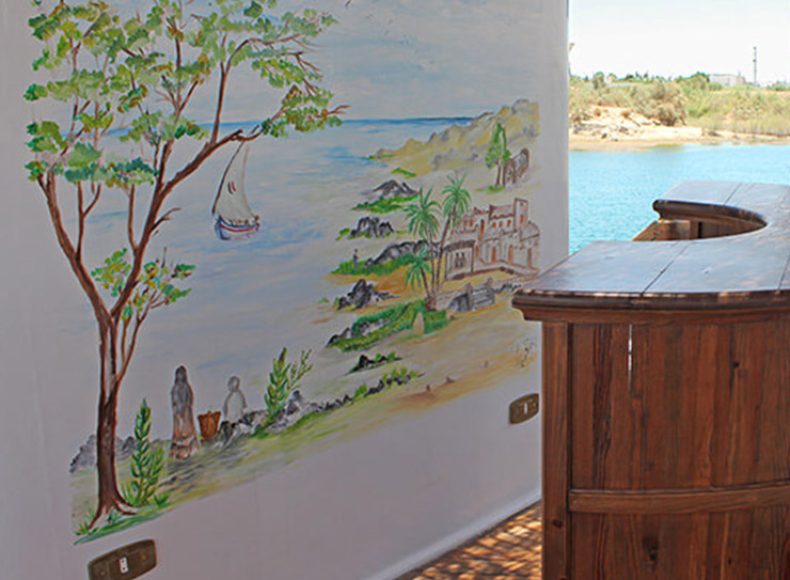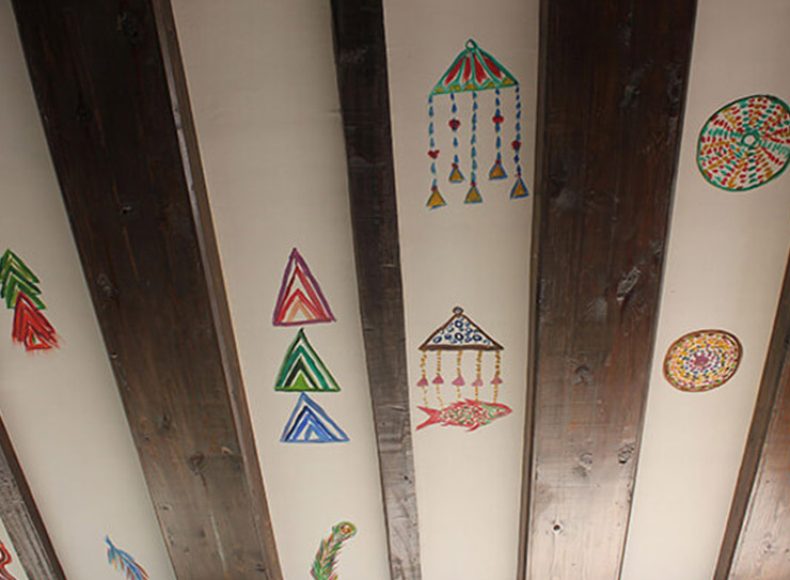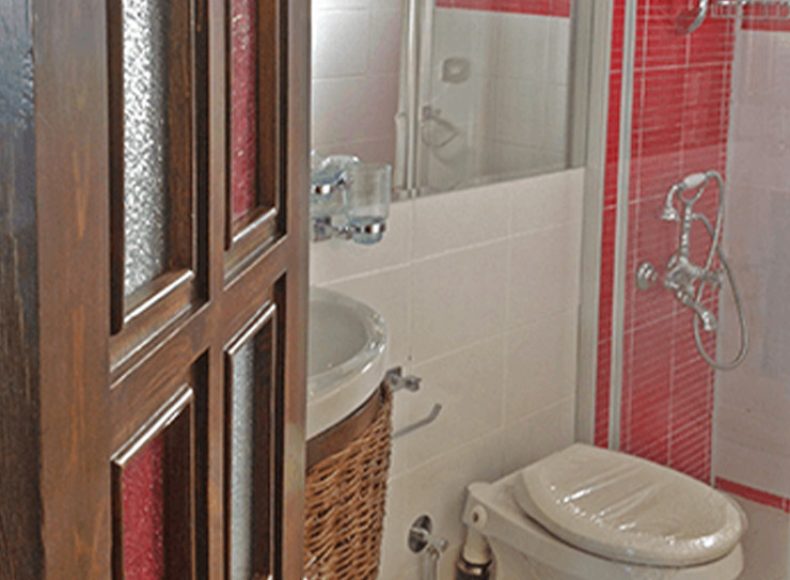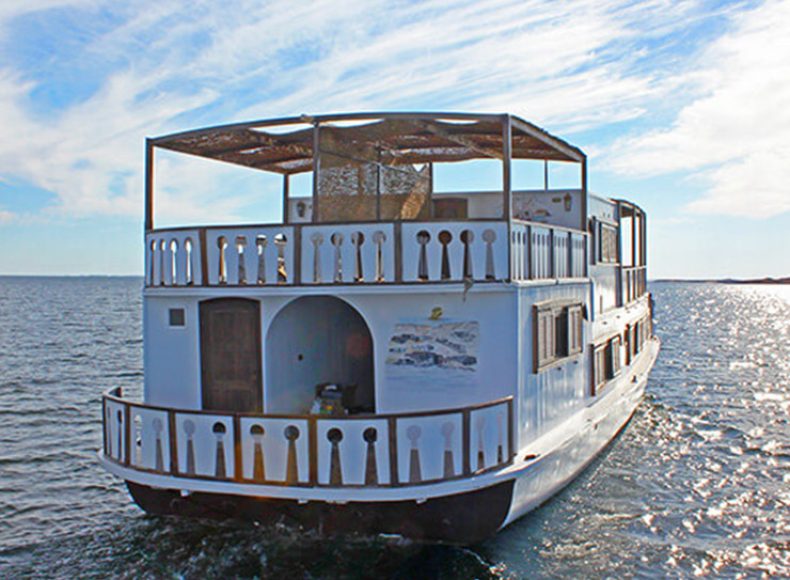Day (1): Aswan / Kalabsha / Ghazal
After boarding the boat, we commence our journey sailing south towards the temples of Kalabsha and Beit El Wali. Lunch will be served as our boat sails to the original site of the Kalabsha temple. Kalabsha it was known with the name of Mandoulis dates back to the time of the Romains. In the old days it was located in the city of Kalabsha and then rescued and moved to its actual location. Beit el Wali means the house of Saint; it was carved in the mountain during the reign of the great Pharaoh Ramses II. As the day comes to an end we will anchor at Khour El Ghazal where we will have a starlit dinner before retiring for the night.
Day (2): Wadi El Seboua / Dakka / Meharraqa
Breakfast on board. Resume navigation. On this day we travel down Lake Nasser with the goal of discovering three relocated temples, known for their unique sculptures and delicate beauty. During the sailing will pass by the region of Abu Steta and Maria on our way to Wadi El Seboua. Abu Steta desert known, with the reputation of its golden sand dunes and congregations of exotic birds in the small lagoons, such as Pelicans, Cormorants, Flamingos and many various of small birds.(at certain seasons) These temples have been mooved by the UNESCO and many other global organizations.We will anchor to visit the site of Wadi El Seboua, Dakka and Meharraqa. Lunch on board. Dakka (Greek: Pselchis): Erected in the same site by the Nubian king Ergamenes II along with Ptolemy II whilst they shared rule over Lower Nubia in the Third century. Later, the temple was refurbished by Roman Emperors Augustus and Tiberius. Wadi El Seboua: Accessed through a pathway of sphinxes bearing Ramses’s effigy, this temple was built by the Pharaoh Ramses II in dedication to the Gods Amun-Re and Ra. Moving along, we will sail towards one of the most tranquil bays of the Nubian Lake, Wadi El Arab. Following on, SAÏ will move towards the Amada Temple, with a broad display of the local fishermen’s houses on the way. Occasionally on this route we are privileged to see some of the lake crocodiles as they surface for sunlight (at certain seasons). Our day will come to an end with a quiet sunset, as SAÏ makes its final stop of the day in Amada.We will anchor to spend the night. Dinner on board.
Day (3): Amada / Pennout / El Derr
Breakfast on board. We will start our day by visiting the temples of Amada, Pennout and El Derr. The temple of Amada is considered among the most interesting temples in Nubia.They were built by the king Thoutmusis III and the king Amenophis II.The temple of El Derr dates back to the time of the Great Pharaoh Ramses II, it was dedicated to the God Amon and later on it helped as a church during the Coptic Era. The tomb of Pennout was cut and moved bloc by bloc from the Nubian village of Aniba to its actual place. Returning to SAÏ for Lunch on board. We will make course towards Kasr Ibrim .Arrival to Kasr Ibrim. Dinner and night on board nearby the region of Kasr Ibrim.
Day (4): Kasr Ibrim / Abu-Simbel
Breakfast on board. Kasr Ibrim or the Ibrim Palace is the single monument on the Nubian Lake that stands unmoved from its original location. It contains a selection of remains from Egypt’s Christian and Islamic periods and was eventually transformed into a fortress by the Ottomans. The resulting fusion of cultural artifacts gives the Palace a characteristic diversity. Lunch on board Returning back to SAÏ, we will venture through the Masmas area, which is home to numerous Nubian villages. Soon in the distance, the Abu-Simbel Temples will start protruding from the horizon and emerging from the water, a gorgeous sight signifying the end of our prolific journey. As night falls, we have the option of attending the Sound and Light Show regularly performed in front of the temples. Dinner and night on board
Day (5): Abu-Simbel / Check-out
After Breakfast, you will check out from the boat. This morning will be dedicated solely to exploring the vast wonders of the Abu-Simbel Temples of Ramses II and his beautiful wife Nefertari. The twin temples were originally carved out of the mountainside in the 13th century BC, during the 19th dynasty reign of the Pharaoh Ramses II. They serve as a lasting monument to the king and his Queen Nefertari, and commemorate his victory at the Battle of Kadesh. Their huge external rock relief figures have become iconic. The Great Temple at Abu-Simbel, which took about twenty years to build, was completed around year 24 of the reign of Ramses the Great (which corresponds to 1265 BC). It was dedicated to the gods Amun, Ra-Horakhty, and Ptah, as well as to the deified Ramses himself. It is generally considered the grandest and most beautiful of the temples commissioned during the reign of Ramses II, and one of the most beautiful in Egypt. Check-out.


